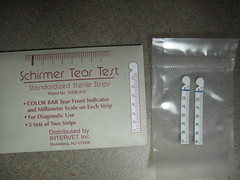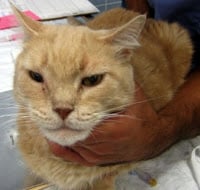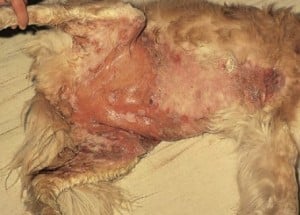As animal lovers, I think all of us that read about Spanish Ebola patient Teresa Romero‘s dog “Excalibur” being euthanized as a precaution from exposure to Ebola were disheartened. In the veterinary community, our pets are our family members. This disease has caused a lot of fear. I know we were all relieved that they decided to quarantine the U.S. Ebola patient Nina Pham’s dog Bentley for monitoring instead of euthanizing him as a precaution, and were happy to hear he is now safe at home.

There is not a confirmed source for Ebola currently, but is thought to be found in fruit bat populations. Humans initially may contract the disease by coming into contact with an infected animal (bat or primate) or infected fruit or meat (bushmeat), and then human to human transmission occurs via bodily fluids or fomites with infected fluid. Those caring for Ebola patients or in close contact are at highest risk.
Read More








